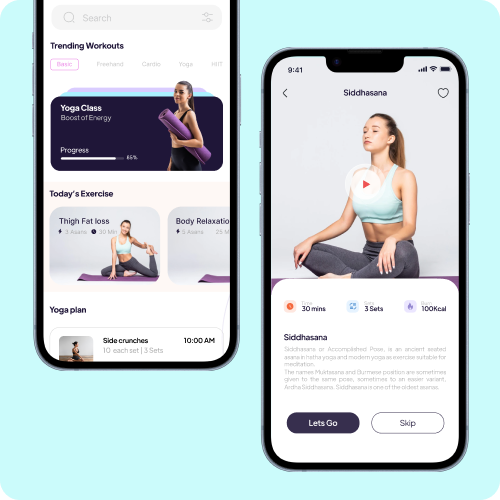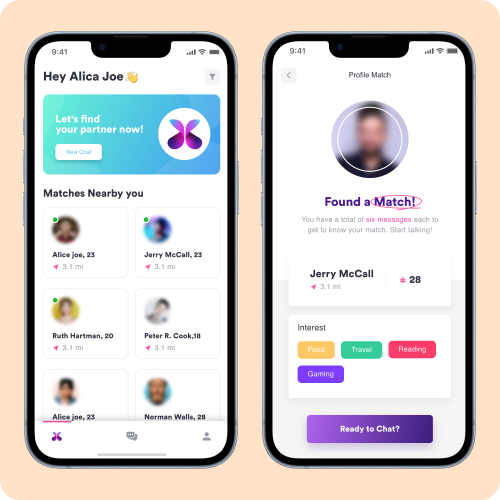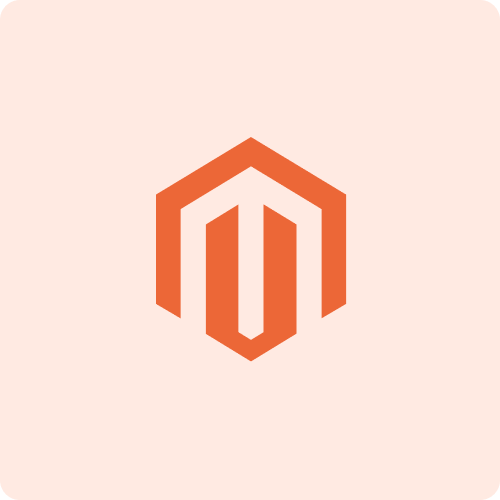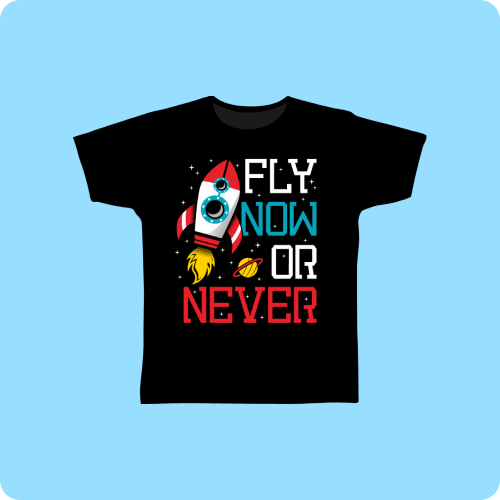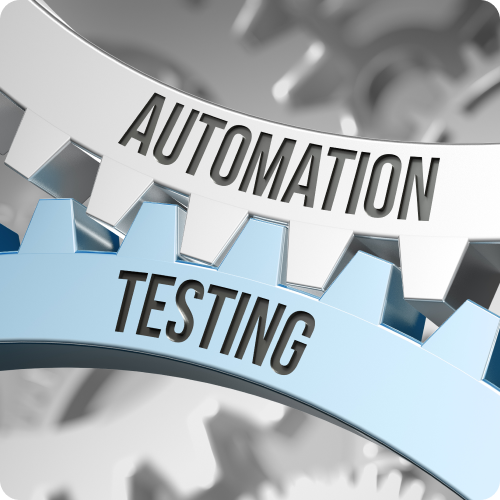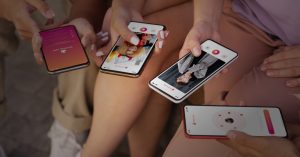Have you ever had a bad experience reaching a destination because your friend is terrible at giving you directions? Feels frustrating, right? Well, now place your users in the same spot you were, struggling to reach the desired destination. Terrible, right? Are you left wondering why customers spend so long browsing through your services and products only to close to the tab and bounce off? I’ll address questions like these in article on how to create a user journey map.
The root cause of your users getting lost in the process is that you may not have a clear grasp of the customer journey map to purchase your product or service.
Get Your FREE User Journey Mapping Template
The user journey mapping is particularly important in times when these directions may seem deceptively simple, and yet has infinite loopholes.
“How do people actually use our product?” It’s a fundamental question every product creator (web app, mobile app, or any other product) must answer. A proper way to find the answer is to review the experience from the user’s perspective with a journey map.
Why do we need to map out a user journey storyboard? Let’s take the previous example of your friend who gives you terrible directions. They may not know that they are bad at it because they know where the destination is.
Your pre-existing knowledge of your product’s capabilities and missions acts as a barrier in objective due to its inherent bias that limits your team’s efficiency attesting to its own work. You’ll need to map your user journey if you ever want to have an accurate assessment of how your customers experience your product. This will not only help you build better products but also will help you to engage and retain existing users.
What is a User Journey Map?
An audience journey map is a visual representation of the process that a user goes through to accomplish a goal while using a product or service. A journey map helps in envisioning the entire user experience from the user’s standpoint and offers valuable insights which can help them further optimize the user experience as per their needs.
The good news is even the top products like Gmail have their UX flaws.
A user journey map is how your customer moves through your sales funnels. How this helps you is by letting you nurture them at all of the potential touchpoints in customer journey mapping.
A user journey mapping, in all its glory, is the best tool to understand how interactions with your brand can help you create an effective buyer persona.
These touchpoints are described and logged to help you get the most complete sense of your customer’s experience and customer interactions with your brand and product.
By creating a user journey map you can identify potential customer pain points of friction. This gives you a chance to improve your UX by helping you experience your product from a customer’s viewpoint.
This trip is not a quick jaunt down to the freeway. A customer cruises through different experiences and walks through phases by which they discover, consider, and interact with your product.
Do you know what is utterly fascinating about a user journey map? It captures every detour, pit stop, and traffic jam as your user journeys through your product/service.
All of this may sound magical and it really is but before you begin with it you will have to gather the appropriate data. How to pull in all of these resources? Well, get ready to dig in.
You will need to pull this data out from various sources in order to get the best sense of user interactions. These marketing metrics of your products and behavioral data will give you insights into how your customers are using your product.
User research can provide a great deal of event-to-event analysis of the customer journey. Doing market research by gathering insights into your customer feelings through interviews and customer surveys.
Viola! This will now help you fill in any gaps and help determine the perceived quality of each interaction.
Download FREE User Journey Mapping Template
How to Build a User Journey Map?
What all content or metrics you want to associate with your user persona for understanding the customer and user journey emotions depends on your end goals.
Similarly, you may think that since your team of product designers has worked to develop the product and worked out all the debugs, you know that your product is outstanding. You know the features and interfaces of your product.
But remember: you also already know where you live. It’s easy to forgive or miss shortcomings or gaps in the user journey when you already have an awareness of your product’s interface and features.
Trust me, getting into the minds of your customers is the most challenging feat to achieve. If you are reading this, then you are perhaps lost as to how you could create a user journey map that takes them to the destination.
Most common features include phases, experience qualifiers, and interactions but depending on what types of specific purposes you want to address, there are different customer journey maps.
For example, the service blueprint template sketch is more in-depth and does not follow a particular phase in the customer journey. It is mostly based on tangible factors that create impressions about the quality and prices of service that often come in sets of multiple people, places, or objects at a time.
To start with a basic understanding, here’s an overview of an experience map.
The actual contents of an experience map will vary depending on what you’re trying to achieve, but there are several features common to most versions: phases, experience qualifiers, and interactions.
Keep in mind that there are many different types of user journey maps that each address specific purposes. For this example, we’ll build a basic type called an experience map.
Phases Outline
Consider each interaction your users have had with the product is a point on this graph. All of these points form a user journey that makes a single quadrant of a coordinate graph. You will have to define the values of each axis before you log in to these points.
The horizontal axis of the map measures the time and sequence of the customer journey. The point furthest to the left of the graph is noted to be the first interaction and the furthest to the right should be the last interaction.
Since a customer’s journey goes from all the way to discover to the final destination, it contains a dozen points, therefore, it is best to divide the horizontal axis into multiple phases. These product customer journey maps are segmented into the following phases:
- Awareness
- Consideration
- Conversion
- Adoption/ongoing usage
Journey maps come in all shapes and sizes but regardless of how they look there are mostly 5 common key elements:
Get Your FREE User Journey Mapping Template
#1. Actor
The actor is the persona or user who experiences the journey and aligns with personas and their actions on the map that are rooted in data. The actor is what the journey map is about, it is a point of view of your users that usually aligns with personas, and their actions in the map are rooted in data.
To build a strong and clear narrative, you need to provide one point of view per map.
Providing one point of view per map in order to build a strong and clear narrative.
For example, a university might either choose a student or a faculty member as an actor — both of these would result in different journeys. Therefore, to capture both of the viewpoints, the university will have to build two separate maps.
#2. Scenario and Expectations
The situation of the journey map addresses and associates with an actor’s goal or specific needs or expectations. You could be switching mobile plans to save money or you could make expectations by including all the information needed to make a decision.
One scenario could be switching mobile plans to save money, and expectations for it include easily finding all the information needed to make a decision.
Scenarios can be real for existing or anticipated products and services that are yet in the design stage.
They can be best for scenarios that involve a sequence of events, multiple channels or describe a process.
#3. Journey Phases
Journey phases have different high-level stages in the journey as they provide collective information on every customer touchpoint in the journey map such as actions, thoughts, and emotions and all of these stages vary from scenario to scenario.
Every organization has to source enough information and data to help people in determining the phases that are given for a scenario and here are some of the examples based on different scenarios:
For e-commerce scenarios, the stages to be discovered, are try, buy, use, and seek support.
For bigger purchases, the stages can be engagement, education, research, evaluation, and justification.
For a business-to-business scenario, the stages could be purchase, adoption, retention, expansion, advocacy.
#4. Actions, Mindsets, and Emotions
The best part about journey phases is that it tracks all of the actors as behaviors, thoughts, and feelings that are all mapped within each of the journey phases:
Actions are the actual behaviors and steps that are taken by users when they are surfing through your product or services. These actions logged in here are not a granular step-by-step detail of every discrete interaction your user had with your service or product. Instead, it provides a narrative of the steps the actor takes during that phase.
This component is not meant to be a granular step-by-step log of every discrete interaction. Rather, it is a narrative of the steps the actor takes during that phase of the journey.
Components such as mindsets correspond to users’ questions, thoughts, motivations, and information needs that they come across at different stages in the journey. Ideally, most of these mindsets are logged as customers’ verbatims from research.
Emotions are usually plotted as a single line across all of the journey phrases that signal the emotional “ups” and “downs” of the experience.
You can think of this as a contextual layer of emotions that tell you where the user is delightful and where they feel frustrated. Thus, letting you understand the psyche of human emotions and behavior. This will also help you in improving the customer lifetime value of your product in the long run.
#5. Opportunities
Opportunities that are alongside the ownership and metrics are those insights that are gained through mapping. They give insights as to how you can use their experience and optimize it to draw knowledge from the map and change your strategies to improvise implementation.
These journey methods and customer journey map templates make it easier for businesses all around the world to optimize their user interactions and growth. These journey maps help you answer the fundamental question as to how people actually use your product.
This will help in validating and refining a user journey that reflects the real user interaction with a product. Try to make the best use of information gleaned from usability testing sessions and product analytic tools to ensure the journey resembles a real-use case.
Get Your FREE User Journey Mapping Template
How to Create a User Journey Map – Over to You!
Remember while you are in the process of creating a user journey map, it is only half of the battle! To make it finally work for your design process, you have to popularize your map and convince your stakeholders and team about the value that your tools provide. This enables customer journey mapping the path to the loyalty of your customers and converts.
The ultimate goal of creating a user journey map is to create a collective mission and a shared vision for your team!
Empower your team to enrich the user experience by assessing the user’s standpoint and using this information to craft your product/service and get in touch with us to understand how we can collaborate to develop your app.
We provide you with the best app developers and UX/UI designers full-time, part-time, and on an hourly basis.









